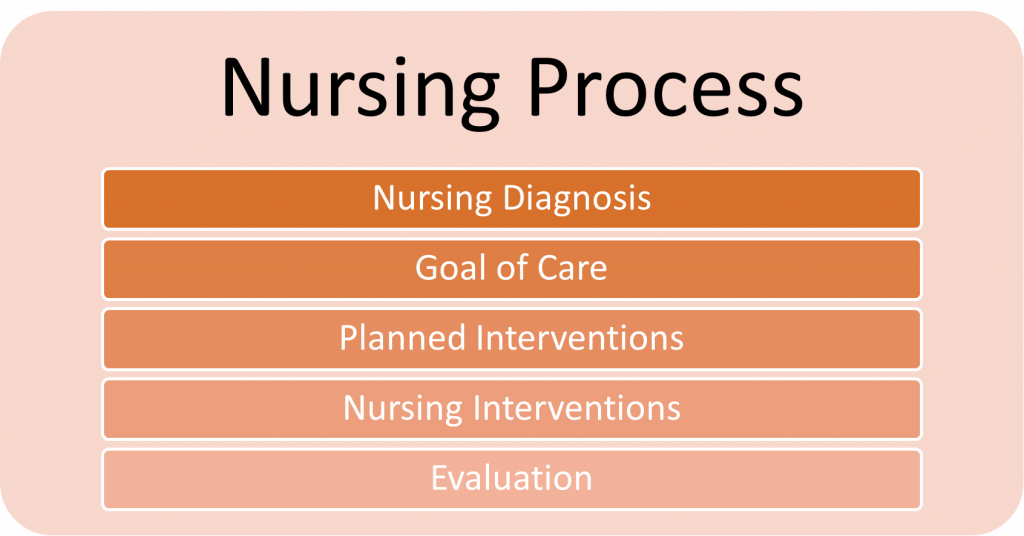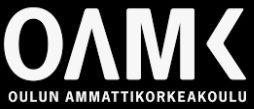The treatment of breast cancer patients requires interprofessional cooperation. Nurses play a vital role in contributing to the care of patients under breast cancer treatment. As the most predominant cancer in Europe among women, there is a need to reframe the curriculum in social and healthcare education that would improve and strengthen the competencies among healthcare professionals and students especially nursing students. As the leading healthcare education provider in Northern Finland, Oulu University of Applied Sciences participates in transnational cooperation to build the education of breast cancer in Europe.
In 2020, the World Health Organization estimated that there were 2,3 million new cases of breast cancer and 685 000 deaths worldwide. At the end of the same year, 7,8 million women have been diagnosed with breast cancer in the previous five years making it the most predominant cancer in the world [1]. This data is supported by the 27 member states in the European Union (EU) in 2020 with an estimated incidence of 355 500 wherein 1 in 11 women will develop breast cancer before the age of 74 [2].
The plan of action for improving breast cancer outcomes relies on fundamental health system strengthening to offer treatments that are already proven effective [1]. The importance of increasing health awareness among women in understanding the signs and symptoms of breast cancer together with their family members so as the accessibility of primary healthcare services in early detection and treatment will increase the likelihood among women to consult medical experts when breast cancer is first suspected [1].
Structure of the Modules and Process on the Recognition of Learning
The project consists of three modules: (Module 1) interprofessional collaboration in breast cancer care and treatment pathway, (Module 2) breast cancer treatments and therapies, and (Module 3) ensuring patient safety in breast cancer care and therapies [3].
The contents of the module will utilise an evidence-based approach in the creation and implementation of e-learning packages that will aid in the development of lifelong learning competencies among students and healthcare professionals participating in the courses. With the aid of this project (photo 1), it will generate new research information that will help healthcare educators, continuing professional development specialists, and healthcare students and professionals better comprehend breast cancer treatment and other related interventions [3]. The learning materials are presented using different pedagogical approaches such as the use of podcasts, video presentations, lectures, and multimedia presentation tools (e.g. Prezi).

There are two ways of recognising the competencies of the course learners. One is by acquiring additional credits using the European Credit Transfer and Accumulation System (ECTS) using the materials provided containing healthcare-specific related topics and or as part of the continuing professional development (CPD) which can be recognised by employers as additional theoretical knowledge acquired by the learner (healthcare staff).
The overall credits that can be obtained from studying the materials are equivalent to 15 ECTS which is divided into three modules. The table 1 shows the number of hours a student needs to work on.
| Module | ECTS | Number of Hours in Total |
| Module I: Interprofessional collaboration in breast cancer care and treatment pathway | 3 ECTS | 75‒90 hrs |
| Module II: Breast cancer treatments and therapies | 7 ECTS | 175‒210 hrs |
| Module III: Ensuring patient safety in breast cancer care and therapies | 5 ECTS | 125‒150 hrs |
| Total | 15 ECTS | 375‒450 hrs |
Nursing Competencies in Breast Cancer Care
Nurses taking good care of patients in the breast cancer therapeutic phase need to possess certain competencies using an evidence-based approach. The importance of collaborating patient-centered care at a multidisciplinary level improves patient outcomes and satisfaction. With the recent evidence conducted by this project, five nursing competencies nurses need to acquire- clinical nursing and intervention competence, caring competence, education and teaching competence, communication competence, management, leadership, and teamwork competence [5].
These competencies can be theoretically obtained by using self-directed study materials with the aid of the three modules. Clinical skills are practiced using various pedagogical approaches and clinical supervision during Clinical Skills Labs (CSLs) and Clinical Practicum (CP) respectively. In the clinical field, nurses ensure that they have the corresponding competencies such as assessing the patient’s ongoing and potential problems and ensuring that it is properly communicated within the interprofessional team involved in the patient’s care. Involving the patient in the plan of care increases the patient’s participation and commitment to the achievement of the desired outcomes.
Application to Nursing Process
It is vital that these competencies take into consideration patient safety and occupational health measures protecting both the patient and health professionals involved in patient care. The structured elements of the nursing process can be applied in this context when planning for the patient’s care using the Finnish Care Classification System 4.0. (Figure 1.)

Upon receiving the medical diagnosis, nurses identify the possible signs and symptoms related to breast cancer and plan the goal of care according to the degree of the patient’s needs by doing nursing prioritisation. The needs of the patient can be identified by utilising the ABCDE (Airway, Breathing, Circulation, Disability, and Exposure) Approach. The goal of care allows nurses to plan for short-term and long-term goals which should be SMART (Specific, Measurable, Attainable, Realistic and Time-oriented) [6].
Once goals are identified between the nurse and the patient, the family members, relatives, or next of kin of the patient can also participate in the implementation of the planned interventions and become a partner of care with the healthcare professionals. During the implementation of interventions, nurses consider the orders of the attending physicians, perform interventions independently, and collaborate with other allied healthcare professionals (e.g. radiographers and biomedical scientists). Of the specific goals, the nurse can evaluate the patient’s condition whether it has improved, stabilized, or deteriorated, and changes the plan of care as needed. [4]
Breast cancer patients who underwent surgical procedures also need to receive proper health education and counseling so that follow-up care can be organised by putting the patient at the center of care. Through this, patients become more proactive in their care and increase trust and participation in care.
More education about breast cancer is needed
The nursing approach to handling breast cancer patients in their therapeutic phase is vital to giving individualised patient care. Developed countries in the European Region having high incidence rates of breast cancer need effective strategic pedagogical approaches in educating healthcare students and professionals about breast cancer especially nurses.
The nursing profession as the largest profession in the healthcare field needs to strengthen its framework of competencies that are evidence-based. With the aid of this project, more nurses and nursing students, and other allied health professionals will become more educated in the field of breast cancer.
Floro Cubelo
Lecturer
Oulu University of Applied Sciences, School of Health and Social Care
Jaana Hoffren
Lecturer
Oulu University of Applied Sciences, School of Health and Social Care
Kaisa Marttila-Tornio
Lecturer
Oulu University of Applied Sciences, School of Health and Social Care
References
[1] World Health Organization. 2021. Breast cancer. Factsheets. Newsroom 26.3. Retrieved 22.11.2022. https://www.who.int/news-room/fact-sheets/detail/breast-cancer
[2] The European Breast Cancer Coalition. 2022. Breast Cancer Facts. Retrieved 22.11.2022. https://www.europadonna.org/breast-cancer/
[3] Ebreast II. (n.d.) Overview of the project outcomes. Retrieved 22.11.2022. https://www.ebreast2.com/overview
[4] Kinnunen, U-M., Liljamo, P., Härkönen, M., Ukkola, T., Kuusisto, A., Hassinen, T. & Moilanen, K. 2021. The Finnish Care Classification System, FinCC 4.0. v. 1.1. Finnish Institute for Health and Welfare (THL). Retrieved 22.11.2022. https://urn.fi/URN:NBN:fi-fe2020081354696
[5] Metsälä, E., Paalimäki-Paakki, K., Hoffren, J., Jorge, J., Kivistik, S., Lumme, R., Marmy, L., Schroderus-Salo, T. S. & Strom, B. 2022. Radiation therapists’, diagnostic radiographers, biomedical laboratory scientists and nurses working together in breast cancer care and treatments. ECR 2022 EPOS. Retrieved 22.11.2022. https://dx.doi.org/10.26044/ecr2022/C-10420
[6] Bailey R. R. 2017. Goal Setting and Action Planning for Health Behavior Change. American Journal of Lifestyle Medicine 13 (6), 615–618. Retrieved 22.11.2022. https://doi.org/10.1177/1559827617729634


Vastaa
Sinun täytyy kirjautua sisään kommentoidaksesi.